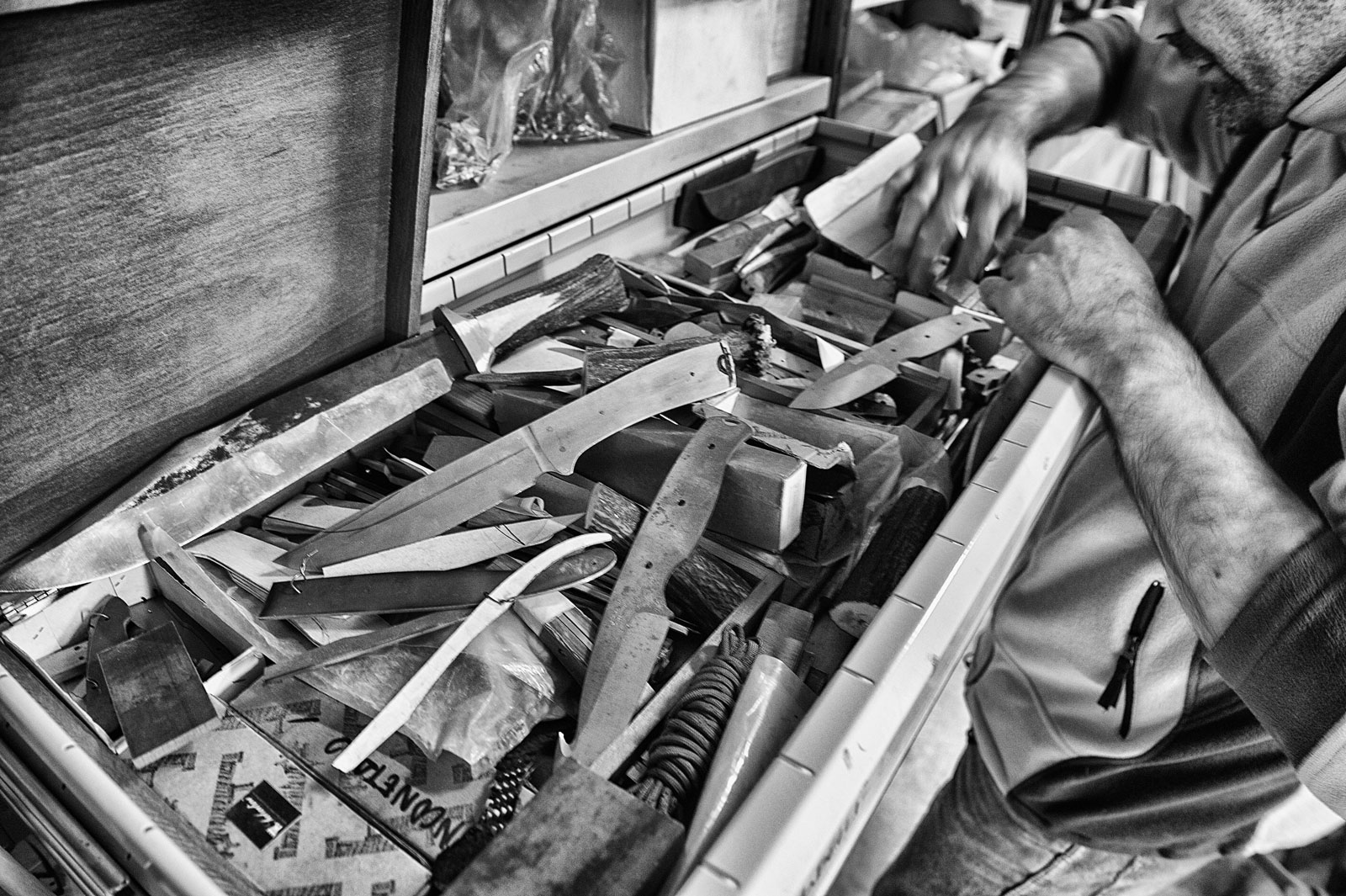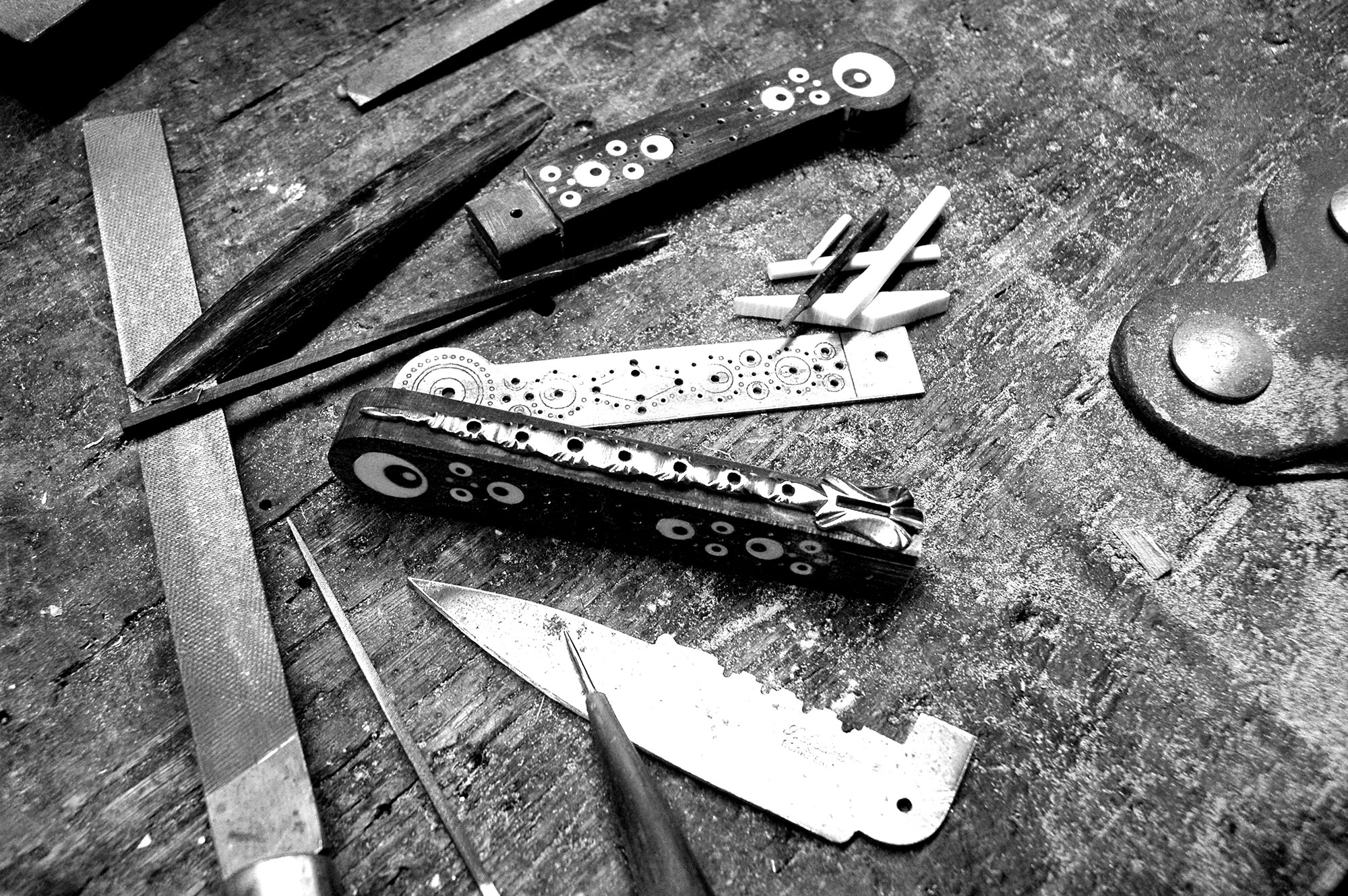In this place the whole experience of centuries of tradition and history is perpetuated. Once upon a time the shops were located on the ground floor of the houses in the historic center, as in via Solferino, where we were also born and raised. Anyone who enters our laboratory smells the scent of horn, olive and iron and can touch the raw materials, such as bovine horns, and can see the entire manufacturing process, from raw to finished.Here we come back to a human dimension and we find the ability to create and invent new things, perhaps this is the charm of our centuries-old profession.
STORE & SHOWROOM
Via Solferino, 19 – 50038 Scarperia (FI)
tel. 055 8431010
fax. 055 8431010
e-commerce@coltelleriasaladini.it
LABORATORY
Via Kennedy, 172 – 50038 Scarperia (FI)
OPENING
Mon – Fri > 9:00 – 13:00 | 3pm – 7pm
Sat – Sun > 10:00 – 12:30 | 3pm – 6.30pm







